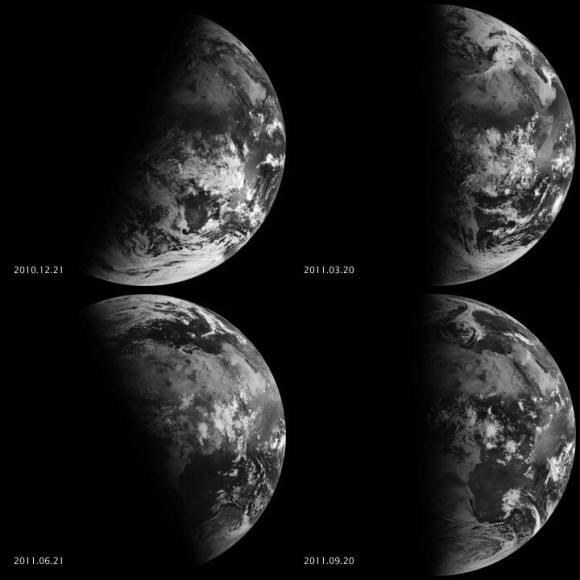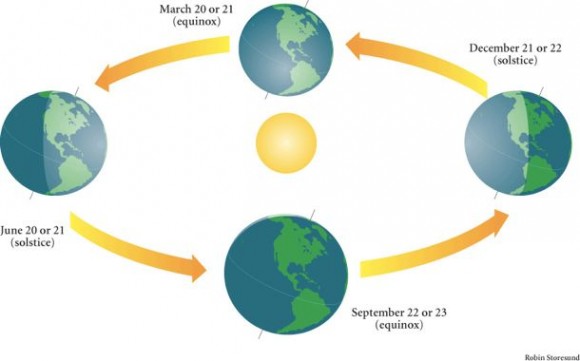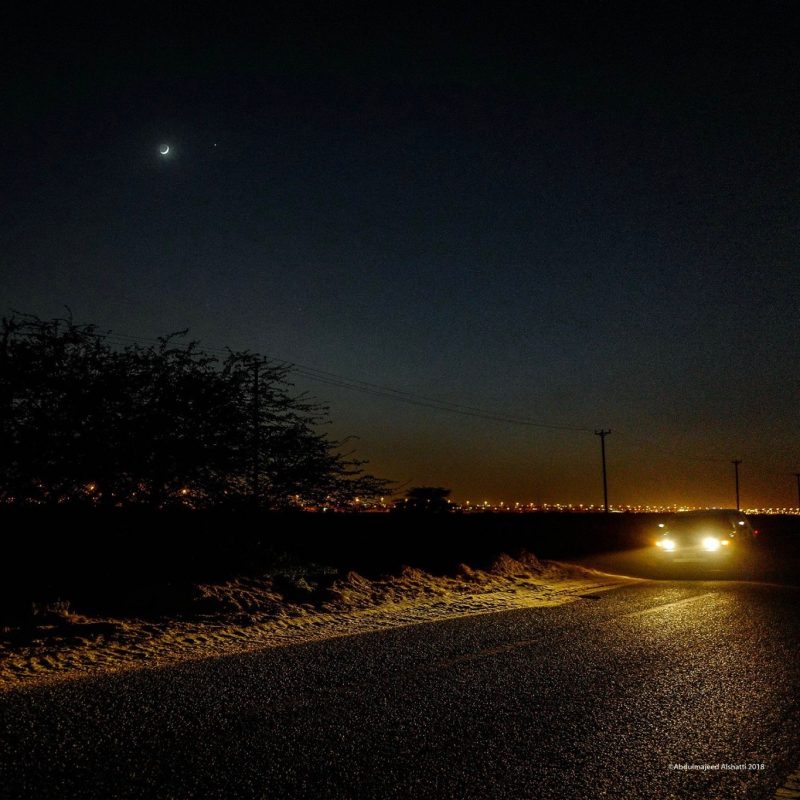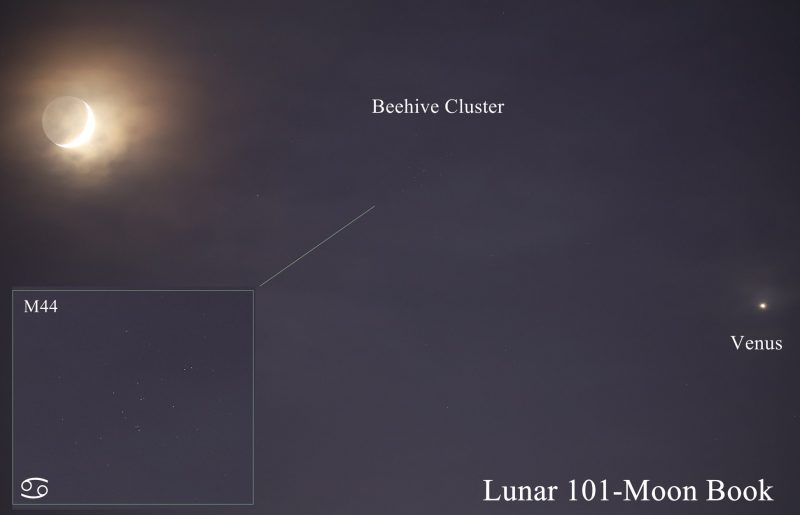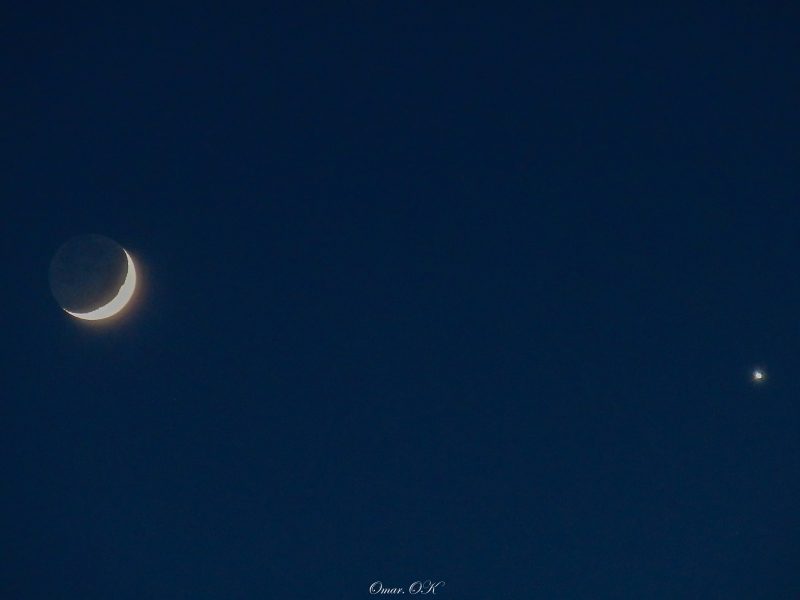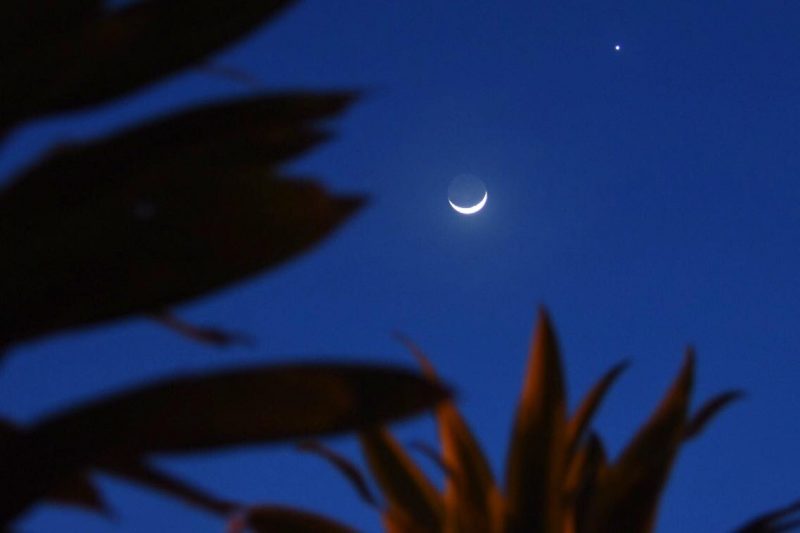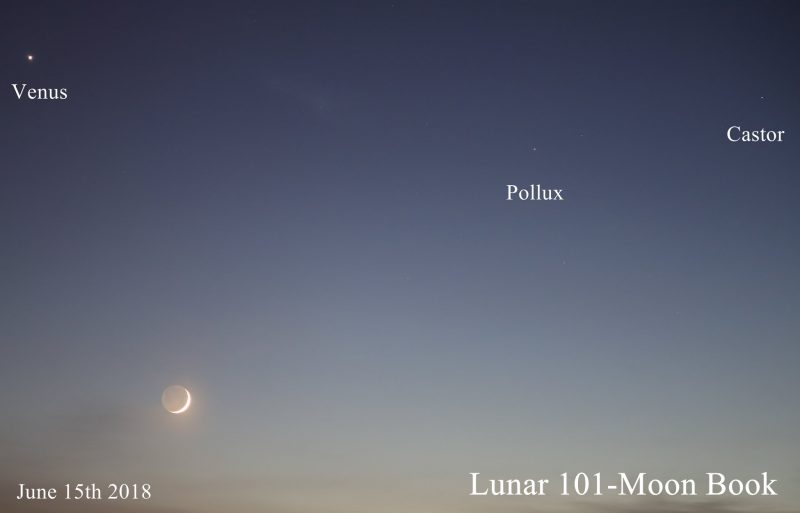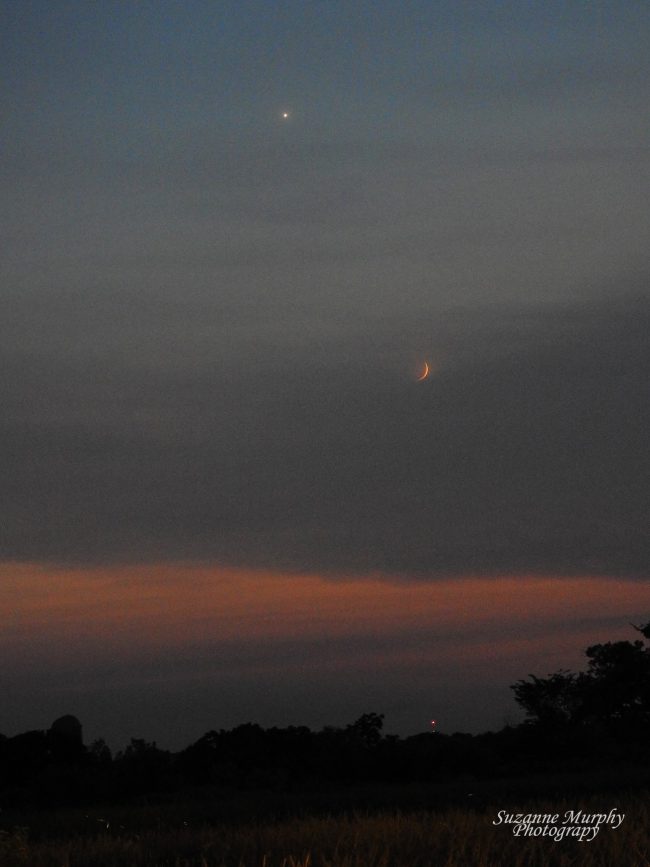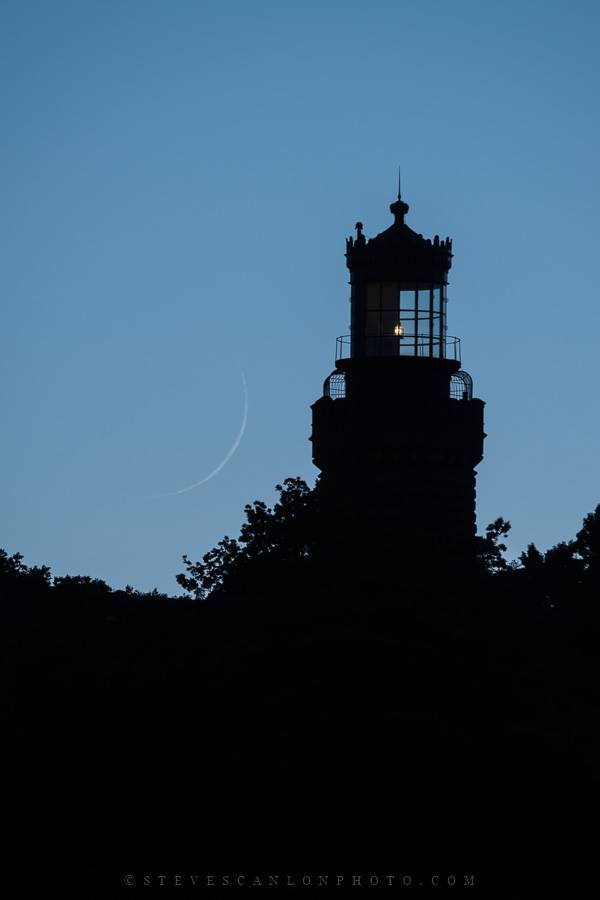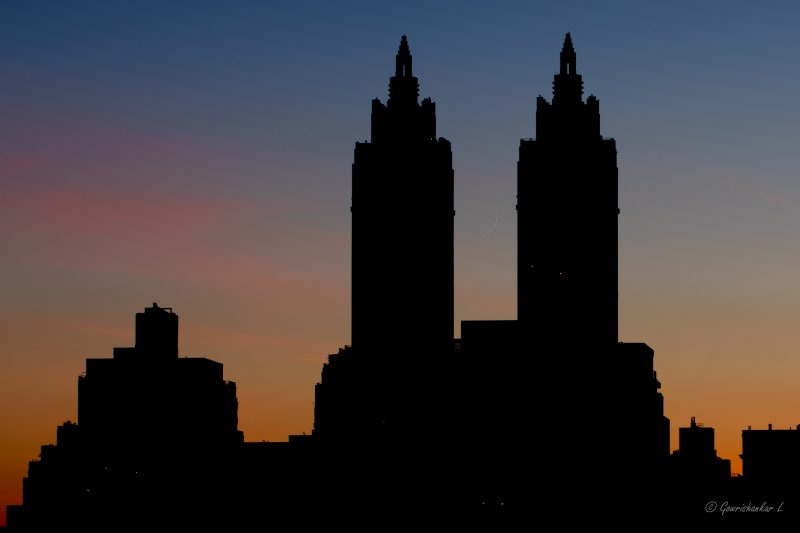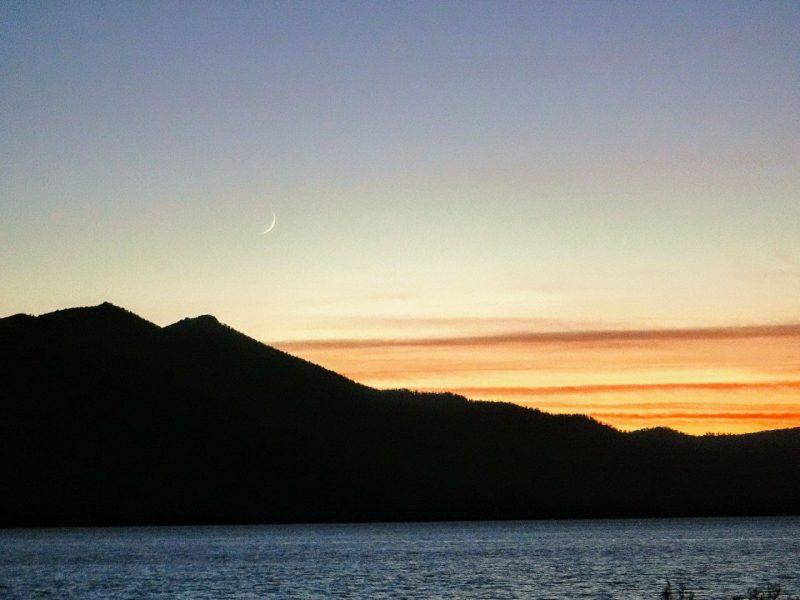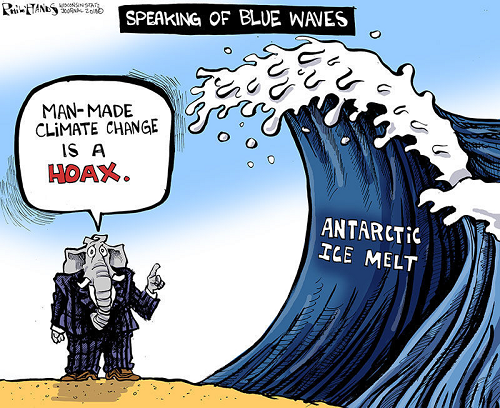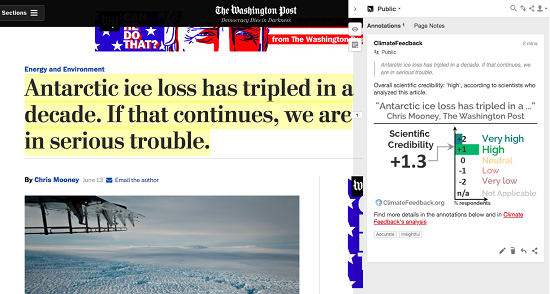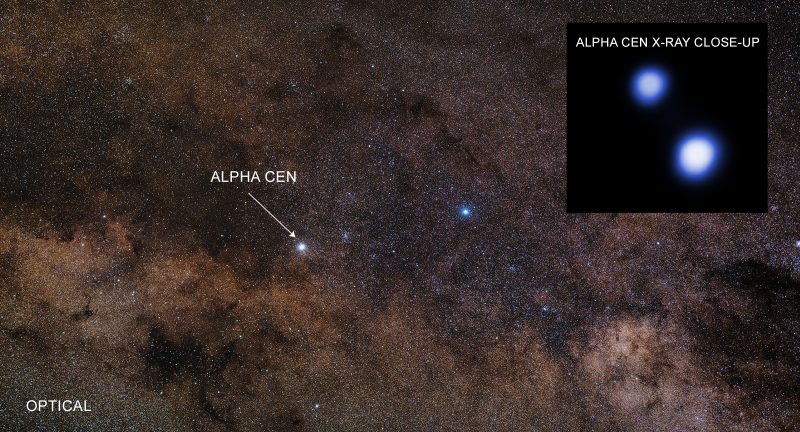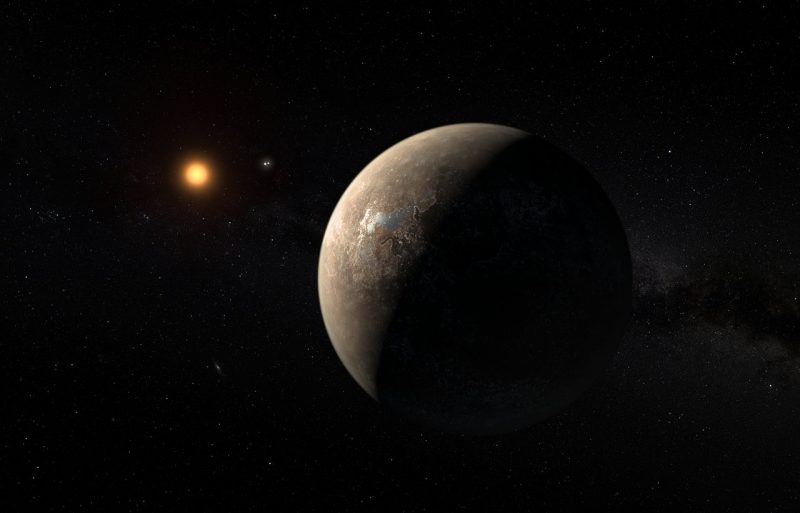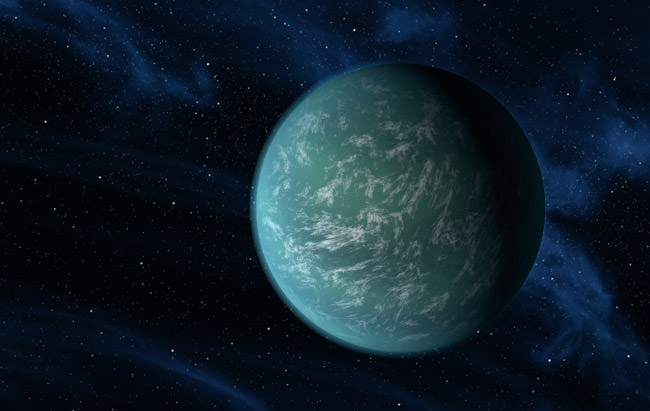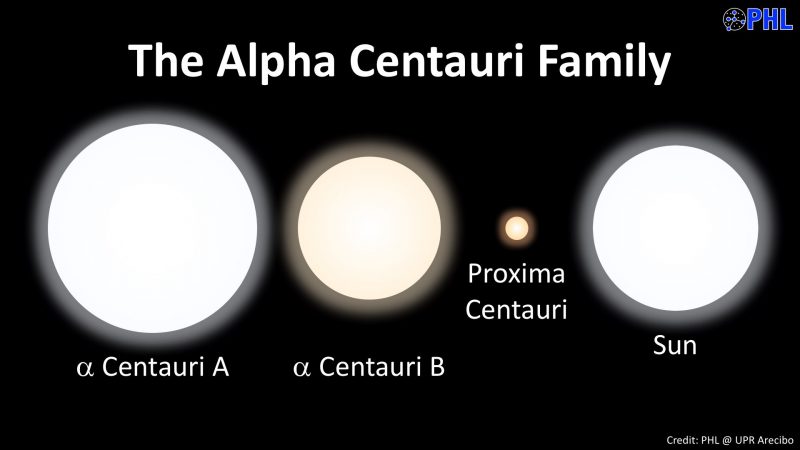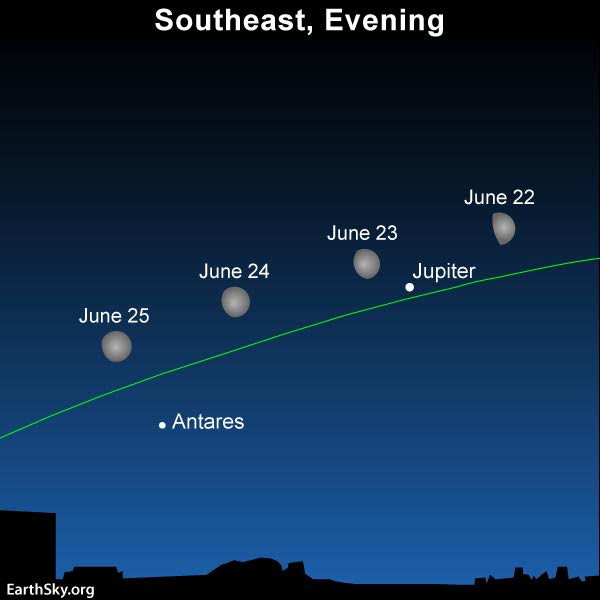Guest post by Ersilia Vaudo
Ersilia Vaudo Scarpetta has been working at the European Space Agency since 1991 and she is currently Chief Diversity Officer.
Today at Unispace+50, the role of women in space has been placed front and centre, and rightly so.
The topic of diversity and inclusiveness (D&I) has been recently placed high on ESA’s corporate agenda. Through this initiative, ESA intends to enhance its wealth of diversity, and at the same time ensure that the values and the objectives pursued through D&I actions become an inherent feature of the Agency’s policies and business practices.
Last September, as part of this effort, ESA’s commitment toward diversity and inclusiveness was made visible, reinforced and underlined in a policy statement that you read on ESA’s official website. The Agency’s final aim is to create and ensure a modern, inclusive working environment where people value diversity in teams, take others’ perspectives into account and feel comfortable being themselves – regardless of gender, gender identity and expression, age or working experience, sexual orientation, physical or mental challenges, ethnicity or educational, religious or social background.
Actually, diversity is already a distinctive feature of ESA and is one of its greatest assets – same as for its international character. People from 22 European member states (plus Canada and Slovenia as Cooperating State and Associate State, respectively) – speaking more than 18 different languages – work together, discussing and solving problems every day by combining their different cultural backgrounds. It is that richness of diversity, in competences, skills and points of view that allows us to achieve results that could be impossible to reach on the effort of single nations. The Agency has put a renewed effort into striving to enhance the innovative perspectives brought in by a diverse and gender-balanced pool of talent.
Among the different activities undertaken to foster diversity and inclusiveness at ESA, a special focus has been put in ensuring that space jobs are increasingly attractive to women in ESA member states.
In fact, we observe that, although space is recognised as one of the most inspirational sectors in science and technology in Europe, and the number of girls in science, technology, engineering and maths (STEM) is growing in member states, applications from women to ESA are are only holding steady. In addition, if the situation in Europe is improving in terms of girls graduating in STEM fields, this is still a ‘boys’ club’.
Furthermore, in terms of perspectives, we see that the number of women decreases along the different steps of a STEM career. It becomes therefore clear that we need to challenge stereotypes, become more proactive in promoting space jobs and work for the right conditions for retaining and ensuring career perspectives to women.
ESA is part of a number of external networks with other international organisations to promote discussions on these issues, exchanging ideas as well on current measures and best practices. It is with this aim that ESA has established a network with member states on diversity and inclusiveness, is part of the ad-hoc EIROforum Working Group on Diversity, and has initiated a collaboration with the OECD on the topic of gender and stereotypes in science. ESA is also corporate member of Women in Aerospace Europe.
With the Agency facing a significant retirement wave coming over the next 10-15 years, this moment really represents the perfect occasion to project the ‘ESA of the future’ and to start injecting more diversity into the workforce.
ESA already has a long-standing commitment to promoting gender diversity and equal opportunities. Focusing on, and strongly committing to, the involvement of women in STEM is more important today than ever in order to continue and expand ESA’s enduring value – and enhance it in the future from a Space 4.0 perspective. In fact, in the next decades we will be more and more in need of a creative and diverse pool of talent to address challenges of the future.
With this overarching objective in mind, the Agency is now working to achieve measurable goals in terms of female recruitment and representation. For example, in terms of new recruitments we will be aiming at a minimum 30% of new positions filled by women by 2019. In addition, efforts have been put in place to increase the proportion of women in leadership positions, which is at ESA around 10%.
Furthermore, since the Agency receives a gender-balanced number of applications at the young-graduate level while the number of women interested in permanent jobs drops to about 20%, ESA is opening the early-career scheme also to people in their 30s with some years of working experience.
Finally, the Chief Diversity Officer and many of ESA’s female professionals regularly engage in branding and outreach activities to inspire girls and young women across Europe to enter STEM disciplines, encouraging in particular careers in science, engineering and space.
Indeed, at ESA we are sure that diversity will help us strengthen innovation, lessen resistance to change, obtain a broader understanding of societal needs, boost motivation, inspire people and foster knowledge sharing. Spurred on by the UN’s Sustainable Development Goals (SDGs), and in particular SDGs that aims at equal opportunities for all women and girls, ESA has a major objective to inspire the young generation of girls to enter the STEM field and in particular to attract more women to the wealth of careers and jobs that space can offer.
from Rocket Science https://ift.tt/2HXdCpS
v
Guest post by Ersilia Vaudo
Ersilia Vaudo Scarpetta has been working at the European Space Agency since 1991 and she is currently Chief Diversity Officer.
Today at Unispace+50, the role of women in space has been placed front and centre, and rightly so.
The topic of diversity and inclusiveness (D&I) has been recently placed high on ESA’s corporate agenda. Through this initiative, ESA intends to enhance its wealth of diversity, and at the same time ensure that the values and the objectives pursued through D&I actions become an inherent feature of the Agency’s policies and business practices.
Last September, as part of this effort, ESA’s commitment toward diversity and inclusiveness was made visible, reinforced and underlined in a policy statement that you read on ESA’s official website. The Agency’s final aim is to create and ensure a modern, inclusive working environment where people value diversity in teams, take others’ perspectives into account and feel comfortable being themselves – regardless of gender, gender identity and expression, age or working experience, sexual orientation, physical or mental challenges, ethnicity or educational, religious or social background.
Actually, diversity is already a distinctive feature of ESA and is one of its greatest assets – same as for its international character. People from 22 European member states (plus Canada and Slovenia as Cooperating State and Associate State, respectively) – speaking more than 18 different languages – work together, discussing and solving problems every day by combining their different cultural backgrounds. It is that richness of diversity, in competences, skills and points of view that allows us to achieve results that could be impossible to reach on the effort of single nations. The Agency has put a renewed effort into striving to enhance the innovative perspectives brought in by a diverse and gender-balanced pool of talent.
Among the different activities undertaken to foster diversity and inclusiveness at ESA, a special focus has been put in ensuring that space jobs are increasingly attractive to women in ESA member states.
In fact, we observe that, although space is recognised as one of the most inspirational sectors in science and technology in Europe, and the number of girls in science, technology, engineering and maths (STEM) is growing in member states, applications from women to ESA are are only holding steady. In addition, if the situation in Europe is improving in terms of girls graduating in STEM fields, this is still a ‘boys’ club’.
Furthermore, in terms of perspectives, we see that the number of women decreases along the different steps of a STEM career. It becomes therefore clear that we need to challenge stereotypes, become more proactive in promoting space jobs and work for the right conditions for retaining and ensuring career perspectives to women.
ESA is part of a number of external networks with other international organisations to promote discussions on these issues, exchanging ideas as well on current measures and best practices. It is with this aim that ESA has established a network with member states on diversity and inclusiveness, is part of the ad-hoc EIROforum Working Group on Diversity, and has initiated a collaboration with the OECD on the topic of gender and stereotypes in science. ESA is also corporate member of Women in Aerospace Europe.
With the Agency facing a significant retirement wave coming over the next 10-15 years, this moment really represents the perfect occasion to project the ‘ESA of the future’ and to start injecting more diversity into the workforce.
ESA already has a long-standing commitment to promoting gender diversity and equal opportunities. Focusing on, and strongly committing to, the involvement of women in STEM is more important today than ever in order to continue and expand ESA’s enduring value – and enhance it in the future from a Space 4.0 perspective. In fact, in the next decades we will be more and more in need of a creative and diverse pool of talent to address challenges of the future.
With this overarching objective in mind, the Agency is now working to achieve measurable goals in terms of female recruitment and representation. For example, in terms of new recruitments we will be aiming at a minimum 30% of new positions filled by women by 2019. In addition, efforts have been put in place to increase the proportion of women in leadership positions, which is at ESA around 10%.
Furthermore, since the Agency receives a gender-balanced number of applications at the young-graduate level while the number of women interested in permanent jobs drops to about 20%, ESA is opening the early-career scheme also to people in their 30s with some years of working experience.
Finally, the Chief Diversity Officer and many of ESA’s female professionals regularly engage in branding and outreach activities to inspire girls and young women across Europe to enter STEM disciplines, encouraging in particular careers in science, engineering and space.
Indeed, at ESA we are sure that diversity will help us strengthen innovation, lessen resistance to change, obtain a broader understanding of societal needs, boost motivation, inspire people and foster knowledge sharing. Spurred on by the UN’s Sustainable Development Goals (SDGs), and in particular SDGs that aims at equal opportunities for all women and girls, ESA has a major objective to inspire the young generation of girls to enter the STEM field and in particular to attract more women to the wealth of careers and jobs that space can offer.
from Rocket Science https://ift.tt/2HXdCpS
v






